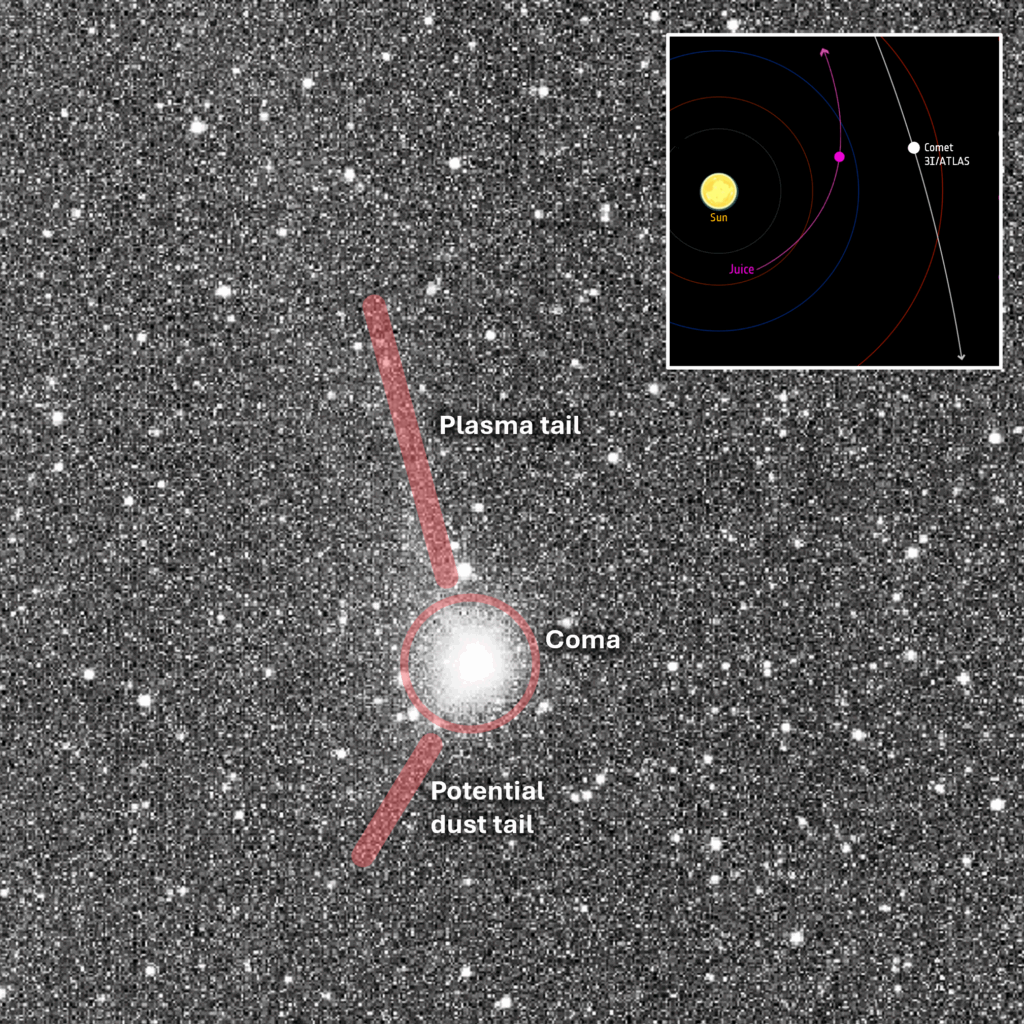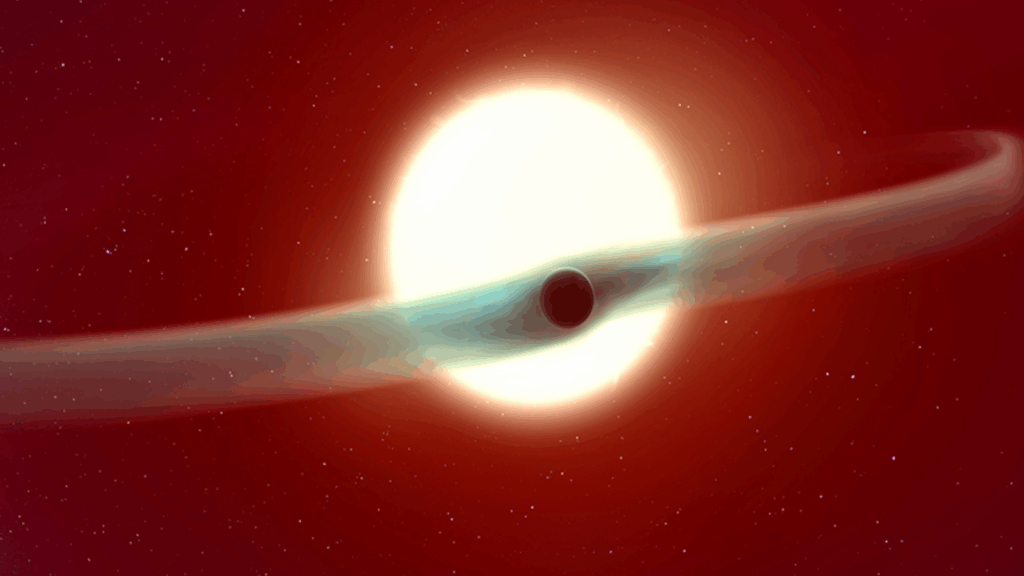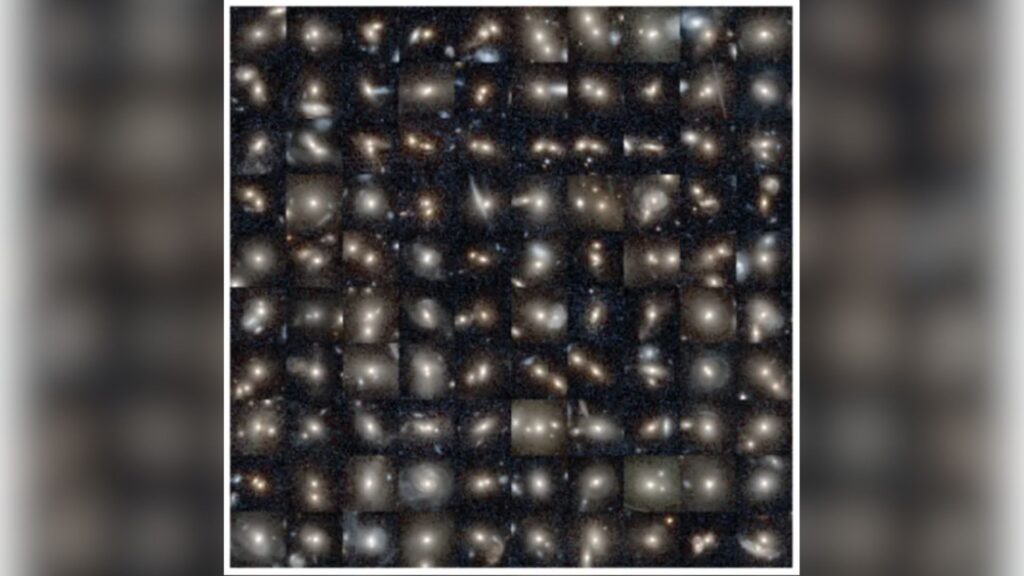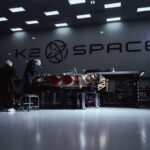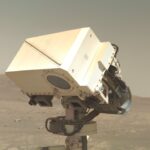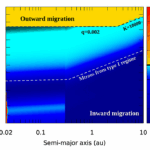Now Reading: SpaceX moves Starship to launch pad for testing ahead of Flight 10 (photos)
-
01
SpaceX moves Starship to launch pad for testing ahead of Flight 10 (photos)
SpaceX moves Starship to launch pad for testing ahead of Flight 10 (photos)
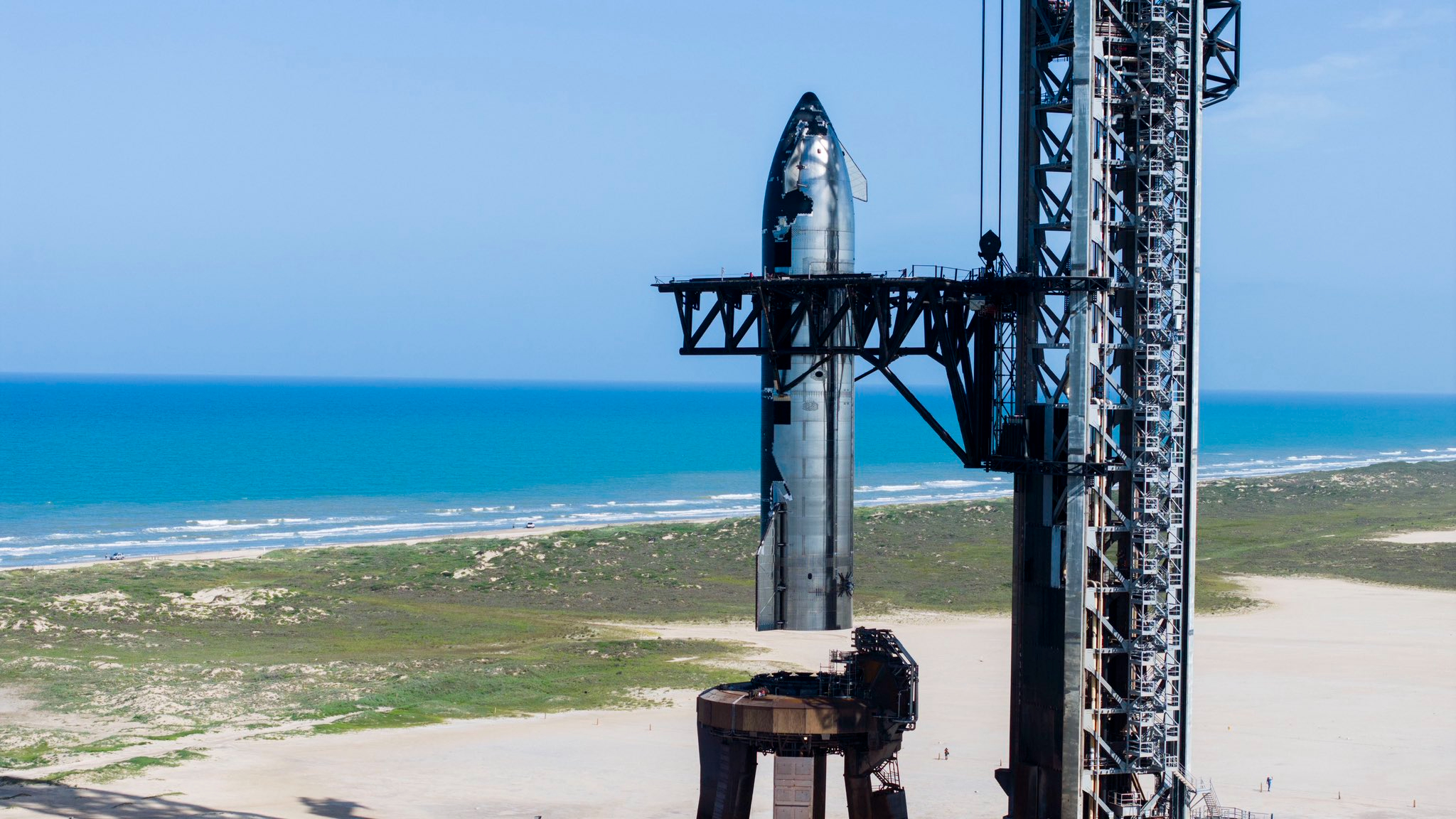
SpaceX has moved its Starship spacecraft to the launch pad for testing ahead of the vehicle’s 10th flight, which is expected to take place next month from the company’s Starbase site in South Texas.
SpaceX announced the milestone on Monday evening (July 28) in a post on X, which chronicled the journey of the 171-foot-tall (52-meter-tall) Starship upper stage in four photos.
SpaceX has not announced a target date for Flight 10, but it could happen soon: On July 14, company founder and CEO Elon Musk said the liftoff will occur in “about three weeks.” On Monday, he provided an updated, yet more vague, prediction: “next month.“

SpaceX is developing Starship — the biggest and most powerful rocket ever built — to help humanity colonize Mars and perform a number of other ambitious exploration feats.
The 400-foot-tall (122-meter-tall) vehicle consists of two elements, both of which are made of stainless steel and designed to be fully reusable: a giant booster called Super Heavy and an upper-stage spacecraft known as Starship, or “Ship” for short.
The Ship that just moved to the pad is the second SpaceX has prepped for Flight 10. The first one exploded on a test stand at Starbase on June 18 while gearing up for a static fire, a common prelaunch trial in which a rocket’s engines are briefly ignited while the vehicle remains anchored to the ground.
The company quickly determined the likely cause of that “rapid unscheduled disassembly” — the failure of a pressurized nitrogen tank near Ship’s nose.
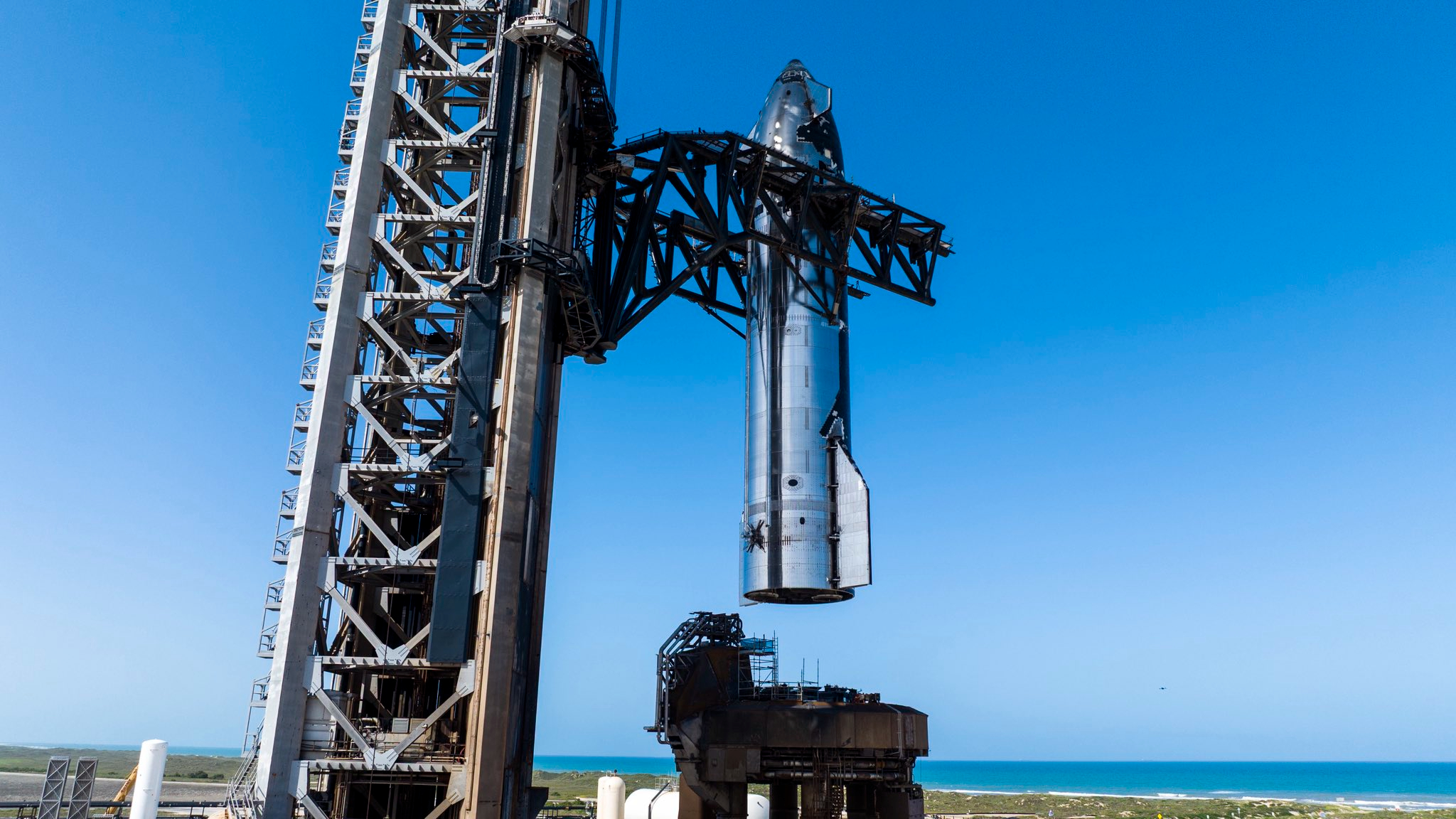
Related Stories:
All eyes will be on Ship during Flight 10, for the upper stage has had some problems: SpaceX lost the vehicle on the three most recent Starship flights, which took place this past January, March and May, respectively.
Super Heavy, on the other hand, aced both Flight 7 and Flight 8, boosting Ship successfully and then coming back to Starbase for a catch by the launch tower’s “chopstick” arms.
SpaceX didn’t try such a catch on Flight 9, but rather tried to bring the booster back for a splashdown in the Gulf of Mexico. That didn’t quite happen; Super Heavy broke apart just after starting its landing burn.
Stay Informed With the Latest & Most Important News
-
 012024 in Review: Highlights from NASA in Silicon Valley
012024 in Review: Highlights from NASA in Silicon Valley -
 02Panasonic Leica Summilux DG 15mm f/1.7 ASPH review
02Panasonic Leica Summilux DG 15mm f/1.7 ASPH review -
 03How New NASA, India Earth Satellite NISAR Will See Earth
03How New NASA, India Earth Satellite NISAR Will See Earth -
 04From Polymerization-Enabled Folding and Assembly to Chemical Evolution: Key Processes for Emergence of Functional Polymers in the Origin of Life
04From Polymerization-Enabled Folding and Assembly to Chemical Evolution: Key Processes for Emergence of Functional Polymers in the Origin of Life -
 05And Thus Begins A New Year For Life On Earth
05And Thus Begins A New Year For Life On Earth -
 06Astronomy Activation Ambassadors: A New Era
06Astronomy Activation Ambassadors: A New Era -
07SpaceX launch surge helps set new global launch record in 2024












